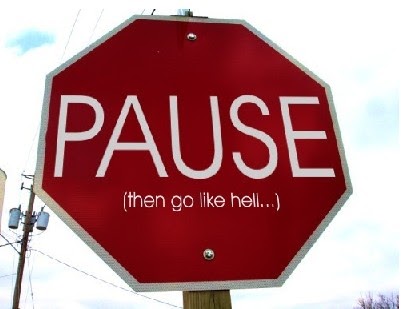

She knows a great deal more about speech errors and disfluencies than I do. Plant your pauses so that the audience can keep up with you.While I was off guest-posting elsewhere, I talked Kristina Lundholm, a PhD student in linguistics and also a speech & language pathologist, into guest-posting here. If you realize that anytime during your presentation, adjust your pace. Sometimes, unintentionally, you might be too fast paces for the audience to catch up with you. Make sure you slowly establish a connection with every person in the room using this technique. This will make them pay attention to what you are saying. For example, while initiating a discussion, use a pause to establish eye contact with the audience. The audience will use this pause to present their perspective on a particular topic.Īpart from the various verbal tools, many non-verbal tools can help you strengthen your presentation. This can be achieved by inserting a pause after the points that can initiate conversation. To keep the audience glued, you must allow them to speak as well. If you keep talking about yourself, it would be difficult to keep the audience interested throughout the presentation. The pause will indicate the shift in mood and will make the joke land the way it should. So while you plan to drop a joke amongst heaps of information, use pauses to make your audience identify them. This would also cut down the audience's excitement to express appreciation.Īs an excellent public speaker, you have to make sure that your presentation is informative and entertaining. If you continue speaking immediately, it will diminish the impact of your point. Whenever you make a point that makes the audience applaud you, allow them to finish.

It is okay to pause and give it a thought.Īpplause is one of the few things that drives you to do better, right? So make sure you don't lose that. The part where you comprehend the question is where the pause comes into play. To answer that question, you'll have to listen to it, understand it, and then respond to it. There'll be times when you will face sudden unexpected questions from the audience. Pausing when you would have used hesitation words would prevent your presentation from looking bland and repetitive. This would defeat the purpose of the question, i.e., to stir the audience's mind.Īt the instances when you feel like using a filler word like 'so,' 'and,' 'umm,' or others, replace them with a pause. Do not rush forward immediately after dropping the question. This pause encourages the audience to ponder over the question and answer it for themselves. In addition, this allows you to present your information in a more organized manner.Įvery time you ask the audience a rhetorical question, make sure a pause follows it. When you plan to switch to a different topic or another aspect of the same subject, a pause between the switch makes it easier for the audience to distinguish.

Pauses are a significant transition marker. But, again, this sends a message that the audience needs to focus on the point you are making. When you pause before, after, or while making a certain point, it helps you emphasize that point. Ten ways in which you can effectively use speech pauses are. Pauses allow the audience to absorb everything they hear while allowing the speaker to retain their composure. Pauses can elevate the narrative most straightforwardly. Speech pauses are the most yet the most underrated tool when it comes to public speaking.


 0 kommentar(er)
0 kommentar(er)
